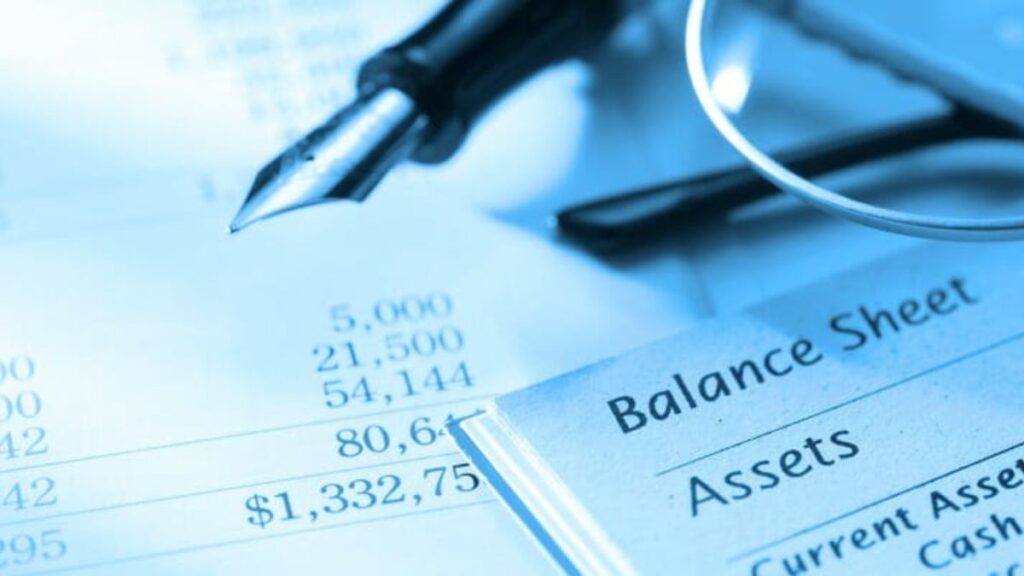When it comes to evaluating a company’s financial health, few tools are as powerful as the balance sheet. Often overshadowed by income statements and cash flow reports, the balance sheet provides a snapshot of a company’s financial position at a specific point in time. For investors aiming to make informed decisions, analyzing financial statements especially the balance sheet—is essential.
This article breaks down the balance sheet into its core components and highlights key metrics and red flags every investor should understand.
1. Understanding the Balance Sheet
A balance sheet is a financial statement that shows a company’s assets, liabilities, and shareholders’ equity. The fundamental equation is:
Assets = Liabilities + Shareholders’ Equity
This equation must always balance, hence the name. By analyzing how these three categories interact, investors gain insight into a company’s financial structure and risk profile.
2. Assets: What the Company Owns
Assets are divided into two categories: current and non-current.
Current Assets
These are assets expected to be converted into cash or used within a year. They include:
- Cash and Cash Equivalents: Indicates liquidity.
- Accounts Receivable: Money owed by customers—watch for rising receivables without sales growth.
- Inventory: Products ready to be sold; excessive inventory can point to demand issues.
Non-Current Assets
These include:
- Property, Plant, and Equipment (PP&E): Long-term investments in physical assets.
- Intangible Assets: Trademarks, patents, or goodwill.
- Long-term Investments: Bonds or stocks the company plans to hold for years.
When analyzing financial statements, investors should assess how efficiently a company is using its assets. A company loaded with illiquid or depreciating assets could struggle to generate returns.
3. Liabilities: What the Company Owes
Liabilities also come in two flavors: current and long-term.
Current Liabilities
Due within a year, these include:
- Accounts Payable: Outstanding bills to suppliers.
- Short-term Debt: Loans that need to be repaid soon.
- Accrued Expenses: Salaries, rent, taxes owed.
Long-term Liabilities
These are obligations due beyond a year, such as:
- Long-term Debt: Bonds or loans with longer repayment terms.
- Deferred Tax Liabilities: Taxes that are owed but deferred to future periods.
Investors should compare liabilities to assets to assess solvency. Excessive debt may indicate risk, especially if not supported by consistent cash flows or high-return investments.
4. Shareholders’ Equity: The Residual Value
This section shows what’s left for shareholders after all liabilities are subtracted from assets. It includes:
- Common Stock: Capital invested by shareholders.
- Retained Earnings: Cumulative profits not distributed as dividends.
- Additional Paid-in Capital: Amounts paid above the par value of shares.
A healthy equity position suggests financial stability. Negative equity, on the other hand, can be a red flag—possibly indicating ongoing losses or excessive debt.
5. Key Ratios to Watch
When analyzing financial statements, numbers alone don’t tell the full story. Ratios derived from the balance sheet can provide deeper insight.
Current Ratio = Current Assets / Current Liabilities
- Measures short-term liquidity. A ratio above 1 is typically healthy.
Quick Ratio = (Current Assets – Inventory) / Current Liabilities
- A more stringent liquidity test than the current ratio.
Debt-to-Equity Ratio = Total Liabilities / Shareholders’ Equity
- Indicates leverage. High ratios can signal higher risk, especially in volatile industries.
Return on Equity (ROE) = Net Income / Shareholders’ Equity
- Shows how effectively the company uses shareholders’ money to generate profits.
Asset Turnover Ratio = Revenue / Total Assets
- Measures how efficiently assets generate sales.
These ratios help investors compare companies in the same sector and assess changes over time within a single firm.
6. Red Flags to Avoid
While reading a balance sheet, here are warning signs investors should watch for:
- Declining Cash Reserves: May indicate poor cash flow management.
- Ballooning Receivables: Could suggest collection issues or aggressive revenue recognition.
- Overleveraging: High debt relative to equity can be dangerous during economic downturns.
- Negative Working Capital: More current liabilities than current assets can cause liquidity issues.
- Intangible-heavy Asset Bases: If a company’s assets are mostly intangible, their real-world value may be hard to assess.
7. Why Balance Sheets Matter for Investors
While income statements show profitability and cash flow statements highlight liquidity, balance sheets give a clear picture of financial structure. For long-term investors, understanding a company’s asset base, liabilities, and equity structure is vital for gauging financial resilience and growth potential.
Analyzing financial statements—especially the balance sheet—provides the foundation for sound investment decisions. By mastering these components, investors can avoid risky ventures and identify opportunities with solid fundamentals.
Final Thoughts
Investing without reading the balance sheet is like sailing without a compass. It might go well for a while, but eventually, you’ll lose your bearings. Whether you’re investing in a blue-chip stock or a new startup, analyzing financial statements is the only way to assess the true worth of a company.
So the next time you’re evaluating an investment, don’t skip the balance sheet—dig into it and let the numbers guide your strategy.






